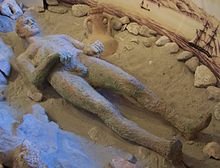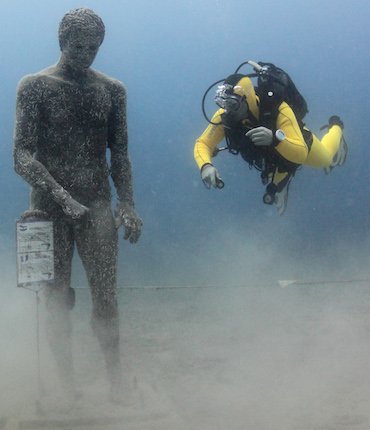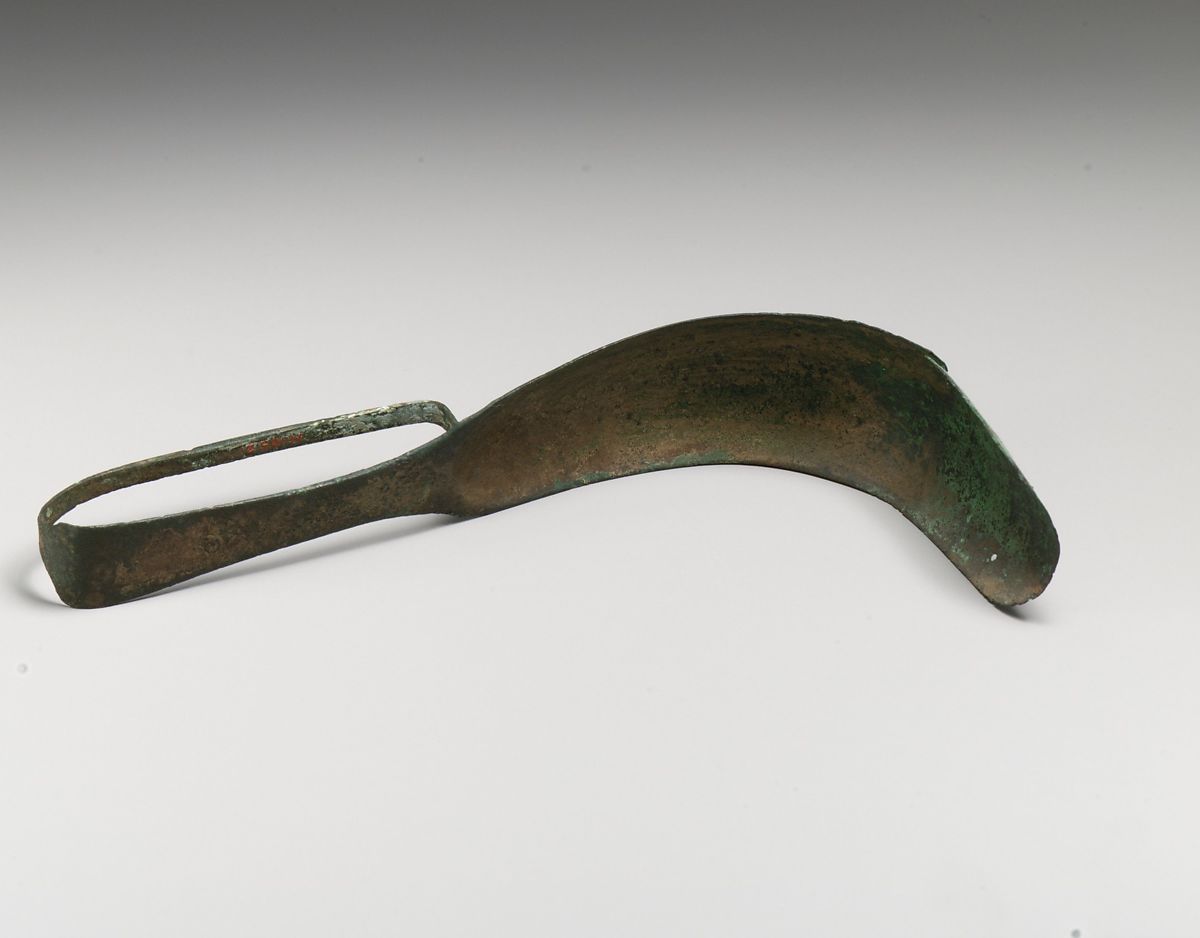The & #39;Ephesus Apoxymenos& #39; was found on 1896 in what used to be the gymnasium in the harbour area of Ephesus, in modern-day Turkey. It has been dated to the 1st century CE. It was found in 234 pieces and painstakingly restored. Kunsthistorisches Museum Vienna, Austria (INV VI 3168)
As with many Roman statues the Ephesian Apoxymenos is thought to be a 1st century CE copy of a 4th century BCE Greek sculpture. The statue has undergone much restoration involving the use of metal rods and a special kind of cement to stabilise it.  https://abs.twimg.com/emoji/v2/... draggable="false" alt="👇" title="Rückhand Zeigefinger nach unten" aria-label="Emoji: Rückhand Zeigefinger nach unten">
https://abs.twimg.com/emoji/v2/... draggable="false" alt="👇" title="Rückhand Zeigefinger nach unten" aria-label="Emoji: Rückhand Zeigefinger nach unten">
https://journals.openedition.org/techne/1255?lang=en">https://journals.openedition.org/techne/12...
https://journals.openedition.org/techne/1255?lang=en">https://journals.openedition.org/techne/12...
A similar Greek statue was found in Croatia. Also known as the & #39;Apoxymenos& #39; (dated 1st-2nd century BCE). This was in much better condition on its discovery when it was found by a Belgian tourist, 45 metres (148 ft) under the sea near the islet of Vele Orjule, in 1996.
Although the Croatian Apoxymenos was discovered in 1996 it was not raised from the sea until 1998. Here is a link to an amazing video of underwater archeologists recovering the statue and its subsequent restoration.  https://abs.twimg.com/emoji/v2/... draggable="false" alt="👇" title="Rückhand Zeigefinger nach unten" aria-label="Emoji: Rückhand Zeigefinger nach unten">
https://abs.twimg.com/emoji/v2/... draggable="false" alt="👇" title="Rückhand Zeigefinger nach unten" aria-label="Emoji: Rückhand Zeigefinger nach unten"> https://abs.twimg.com/emoji/v2/... draggable="false" alt="👇" title="Rückhand Zeigefinger nach unten" aria-label="Emoji: Rückhand Zeigefinger nach unten">
https://abs.twimg.com/emoji/v2/... draggable="false" alt="👇" title="Rückhand Zeigefinger nach unten" aria-label="Emoji: Rückhand Zeigefinger nach unten">
https://youtu.be/FpU85XGyCL4 ">https://youtu.be/FpU85XGyC...
https://youtu.be/FpU85XGyCL4 ">https://youtu.be/FpU85XGyC...
The Croatian Apoxymenos was not displayed in public until 2006, in the Museun of Zagreb. It was moved to the island of Lošinj in 2007, an island in the archipelago in which it was found. There is also a replica of the statue at the Lošinj Underwater Archaeology Park.

 Read on Twitter
Read on Twitter

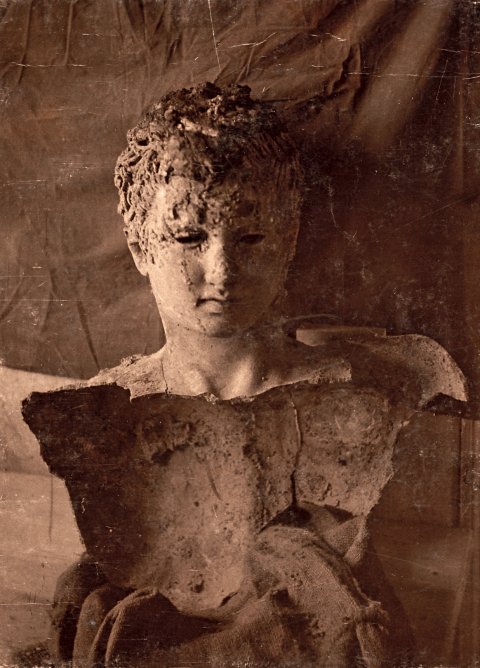 https://journals.openedition.org/techne/12..." title="As with many Roman statues the Ephesian Apoxymenos is thought to be a 1st century CE copy of a 4th century BCE Greek sculpture. The statue has undergone much restoration involving the use of metal rods and a special kind of cement to stabilise it. https://abs.twimg.com/emoji/v2/... draggable="false" alt="👇" title="Rückhand Zeigefinger nach unten" aria-label="Emoji: Rückhand Zeigefinger nach unten"> https://journals.openedition.org/techne/12...">
https://journals.openedition.org/techne/12..." title="As with many Roman statues the Ephesian Apoxymenos is thought to be a 1st century CE copy of a 4th century BCE Greek sculpture. The statue has undergone much restoration involving the use of metal rods and a special kind of cement to stabilise it. https://abs.twimg.com/emoji/v2/... draggable="false" alt="👇" title="Rückhand Zeigefinger nach unten" aria-label="Emoji: Rückhand Zeigefinger nach unten"> https://journals.openedition.org/techne/12...">
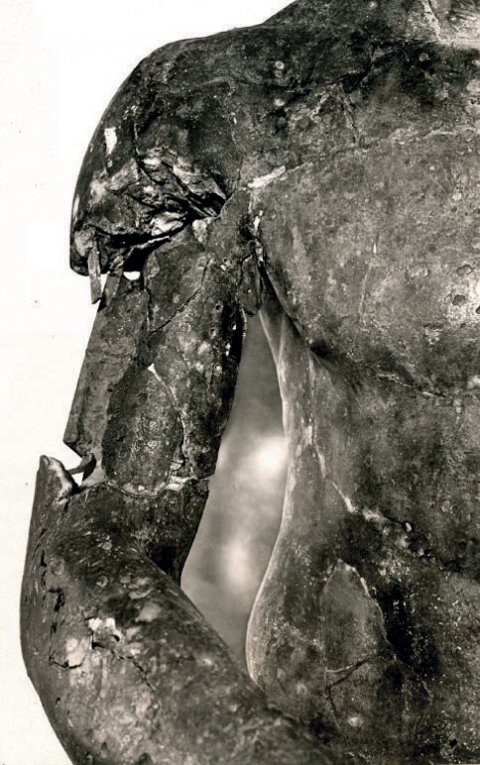 https://journals.openedition.org/techne/12..." title="As with many Roman statues the Ephesian Apoxymenos is thought to be a 1st century CE copy of a 4th century BCE Greek sculpture. The statue has undergone much restoration involving the use of metal rods and a special kind of cement to stabilise it. https://abs.twimg.com/emoji/v2/... draggable="false" alt="👇" title="Rückhand Zeigefinger nach unten" aria-label="Emoji: Rückhand Zeigefinger nach unten"> https://journals.openedition.org/techne/12...">
https://journals.openedition.org/techne/12..." title="As with many Roman statues the Ephesian Apoxymenos is thought to be a 1st century CE copy of a 4th century BCE Greek sculpture. The statue has undergone much restoration involving the use of metal rods and a special kind of cement to stabilise it. https://abs.twimg.com/emoji/v2/... draggable="false" alt="👇" title="Rückhand Zeigefinger nach unten" aria-label="Emoji: Rückhand Zeigefinger nach unten"> https://journals.openedition.org/techne/12...">
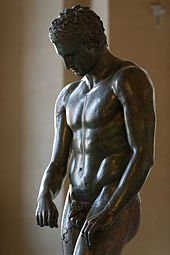
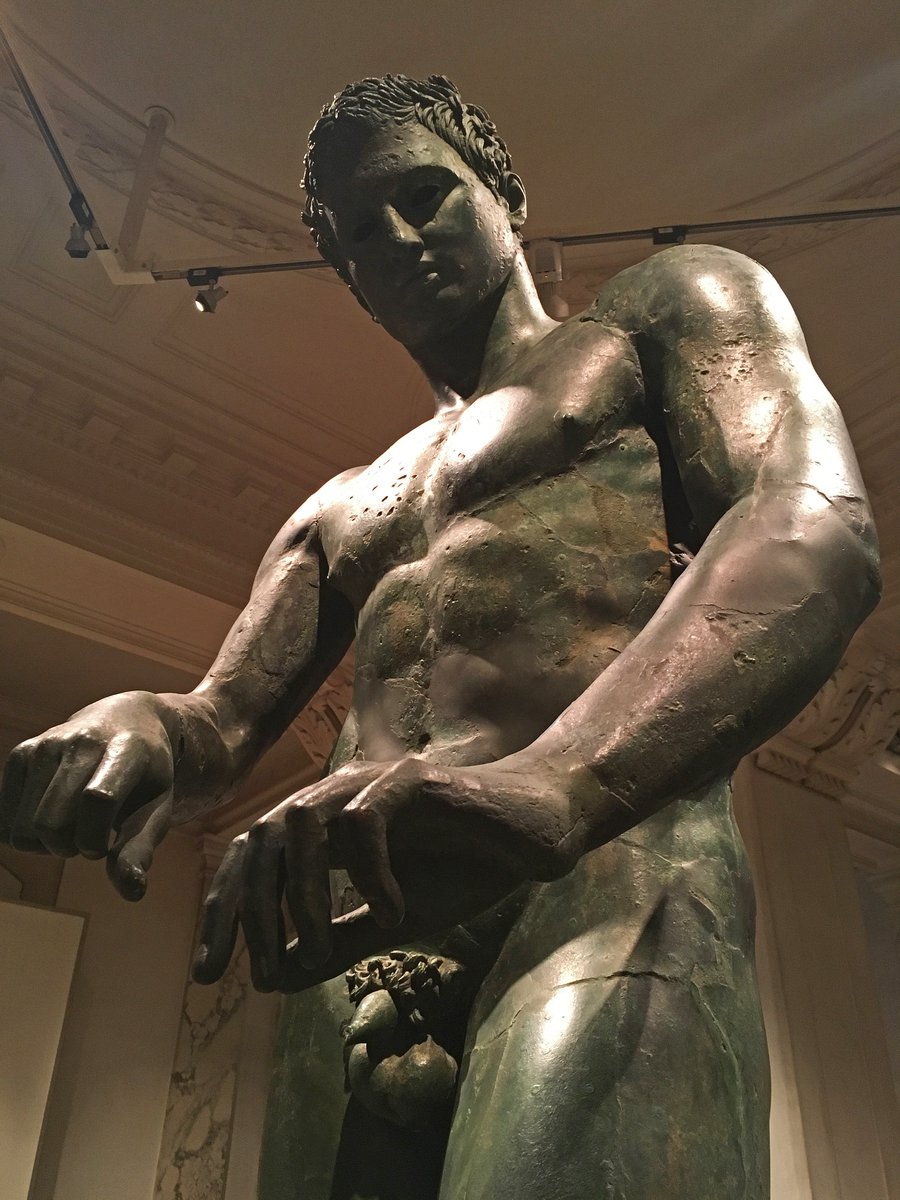

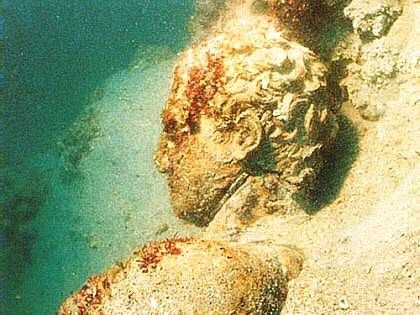 https://abs.twimg.com/emoji/v2/... draggable="false" alt="👇" title="Rückhand Zeigefinger nach unten" aria-label="Emoji: Rückhand Zeigefinger nach unten"> https://youtu.be/FpU85XGyC... " title="Although the Croatian Apoxymenos was discovered in 1996 it was not raised from the sea until 1998. Here is a link to an amazing video of underwater archeologists recovering the statue and its subsequent restoration. https://abs.twimg.com/emoji/v2/... draggable="false" alt="👇" title="Rückhand Zeigefinger nach unten" aria-label="Emoji: Rückhand Zeigefinger nach unten">https://abs.twimg.com/emoji/v2/... draggable="false" alt="👇" title="Rückhand Zeigefinger nach unten" aria-label="Emoji: Rückhand Zeigefinger nach unten"> https://youtu.be/FpU85XGyC... ">
https://abs.twimg.com/emoji/v2/... draggable="false" alt="👇" title="Rückhand Zeigefinger nach unten" aria-label="Emoji: Rückhand Zeigefinger nach unten"> https://youtu.be/FpU85XGyC... " title="Although the Croatian Apoxymenos was discovered in 1996 it was not raised from the sea until 1998. Here is a link to an amazing video of underwater archeologists recovering the statue and its subsequent restoration. https://abs.twimg.com/emoji/v2/... draggable="false" alt="👇" title="Rückhand Zeigefinger nach unten" aria-label="Emoji: Rückhand Zeigefinger nach unten">https://abs.twimg.com/emoji/v2/... draggable="false" alt="👇" title="Rückhand Zeigefinger nach unten" aria-label="Emoji: Rückhand Zeigefinger nach unten"> https://youtu.be/FpU85XGyC... ">
 https://abs.twimg.com/emoji/v2/... draggable="false" alt="👇" title="Rückhand Zeigefinger nach unten" aria-label="Emoji: Rückhand Zeigefinger nach unten"> https://youtu.be/FpU85XGyC... " title="Although the Croatian Apoxymenos was discovered in 1996 it was not raised from the sea until 1998. Here is a link to an amazing video of underwater archeologists recovering the statue and its subsequent restoration. https://abs.twimg.com/emoji/v2/... draggable="false" alt="👇" title="Rückhand Zeigefinger nach unten" aria-label="Emoji: Rückhand Zeigefinger nach unten">https://abs.twimg.com/emoji/v2/... draggable="false" alt="👇" title="Rückhand Zeigefinger nach unten" aria-label="Emoji: Rückhand Zeigefinger nach unten"> https://youtu.be/FpU85XGyC... ">
https://abs.twimg.com/emoji/v2/... draggable="false" alt="👇" title="Rückhand Zeigefinger nach unten" aria-label="Emoji: Rückhand Zeigefinger nach unten"> https://youtu.be/FpU85XGyC... " title="Although the Croatian Apoxymenos was discovered in 1996 it was not raised from the sea until 1998. Here is a link to an amazing video of underwater archeologists recovering the statue and its subsequent restoration. https://abs.twimg.com/emoji/v2/... draggable="false" alt="👇" title="Rückhand Zeigefinger nach unten" aria-label="Emoji: Rückhand Zeigefinger nach unten">https://abs.twimg.com/emoji/v2/... draggable="false" alt="👇" title="Rückhand Zeigefinger nach unten" aria-label="Emoji: Rückhand Zeigefinger nach unten"> https://youtu.be/FpU85XGyC... ">
